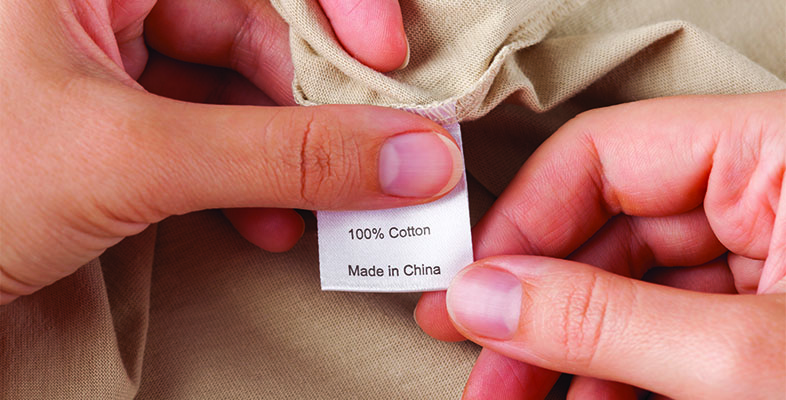1.1 The supply process
The aim of this course is to think about this process of supply. To do this you will look at the example of a simple cotton t-shirt. What is the process that takes the basic inputs required through to the final product?
Who are the suppliers?
The first step in understanding supply of goods is to think about who the suppliers are. For example, we can easily identify the supplier of a loaf of bread, whether it be a supermarket, corner shop or bakery. If we have a leaky roof, we can find local builders who are willing to sell their services to repair our roof. The supermarket, the corner shop, the bakery and the builder are all examples of sellers, that is, agents who are willing to supply goods and services.
Activity 1
Jot down ten suppliers from which you have recently bought goods and services. Try to make them as varied as possible.
Discussion
A market-based economy, such as the UK, includes a dizzying number and a vast diversity of agents engaged in activities related to supply. Sometimes agents work alone as individuals, or perhaps within a household, or these days, a person selling goods via eBay. Often sellers are organisations such as businesses. A business may be a local takeaway, or may operate in multiple locations across the globe; both are, in economic terms, referred to as firms. In this course you will focus on firms as the main economic agents involved in supplying the economy.
Firms are a crucial part of the modern economy, supplying the food we eat, the clothes we wear, or the leisure activities we enjoy. But to do this, firms need resources. They use inputs to produce an output which is the good or service they supply.
